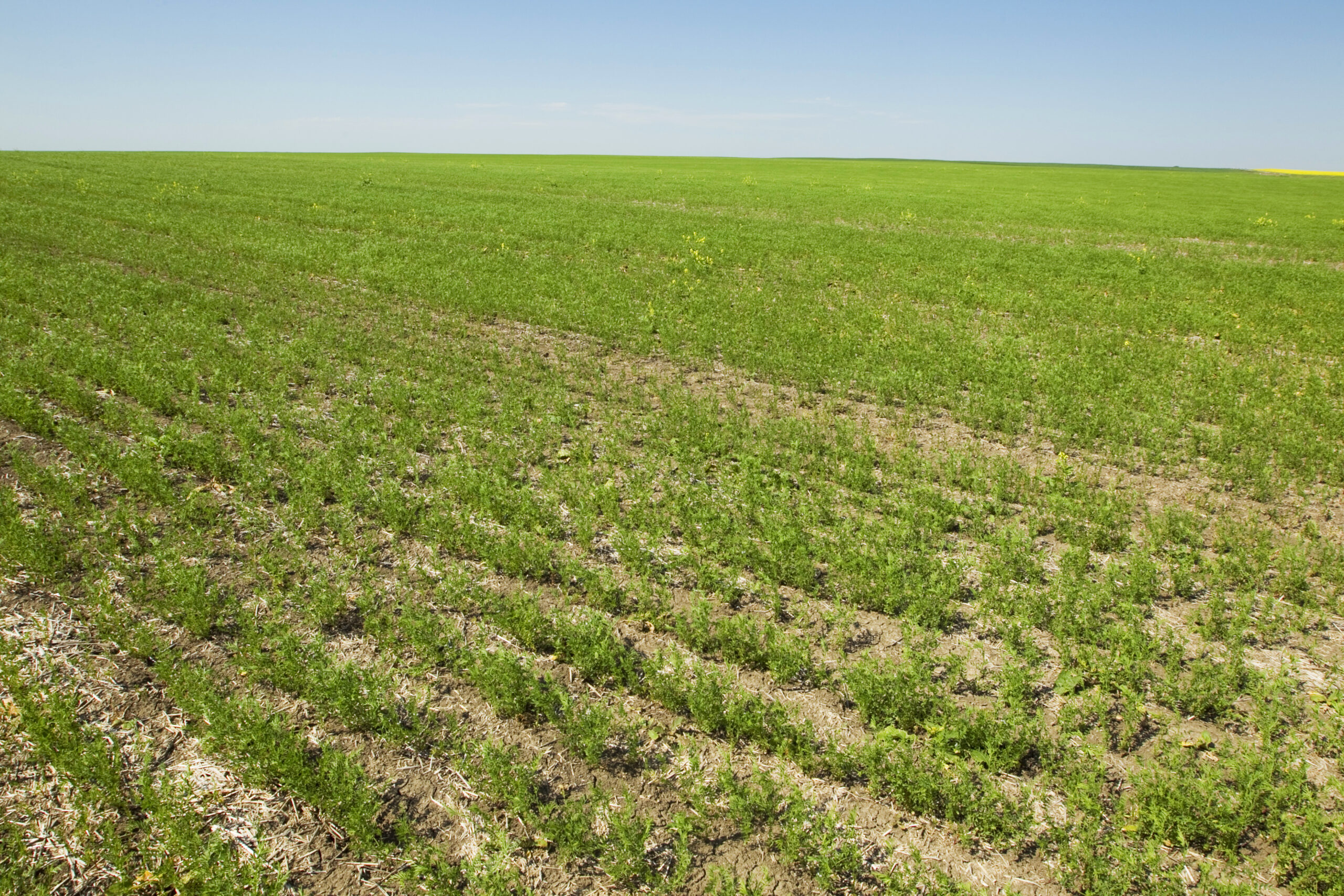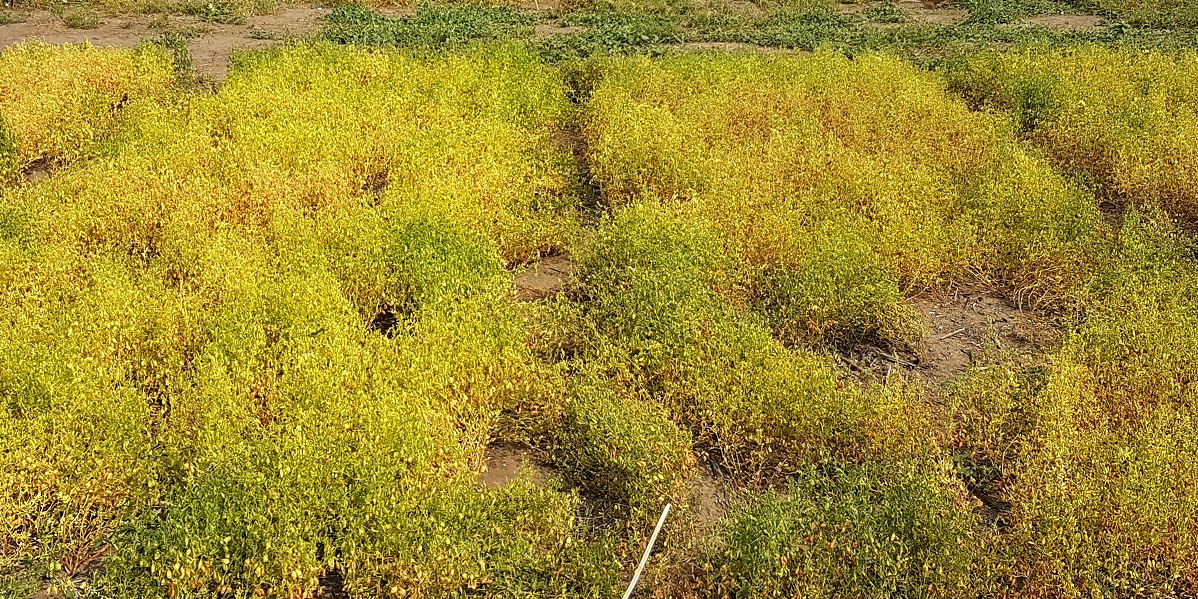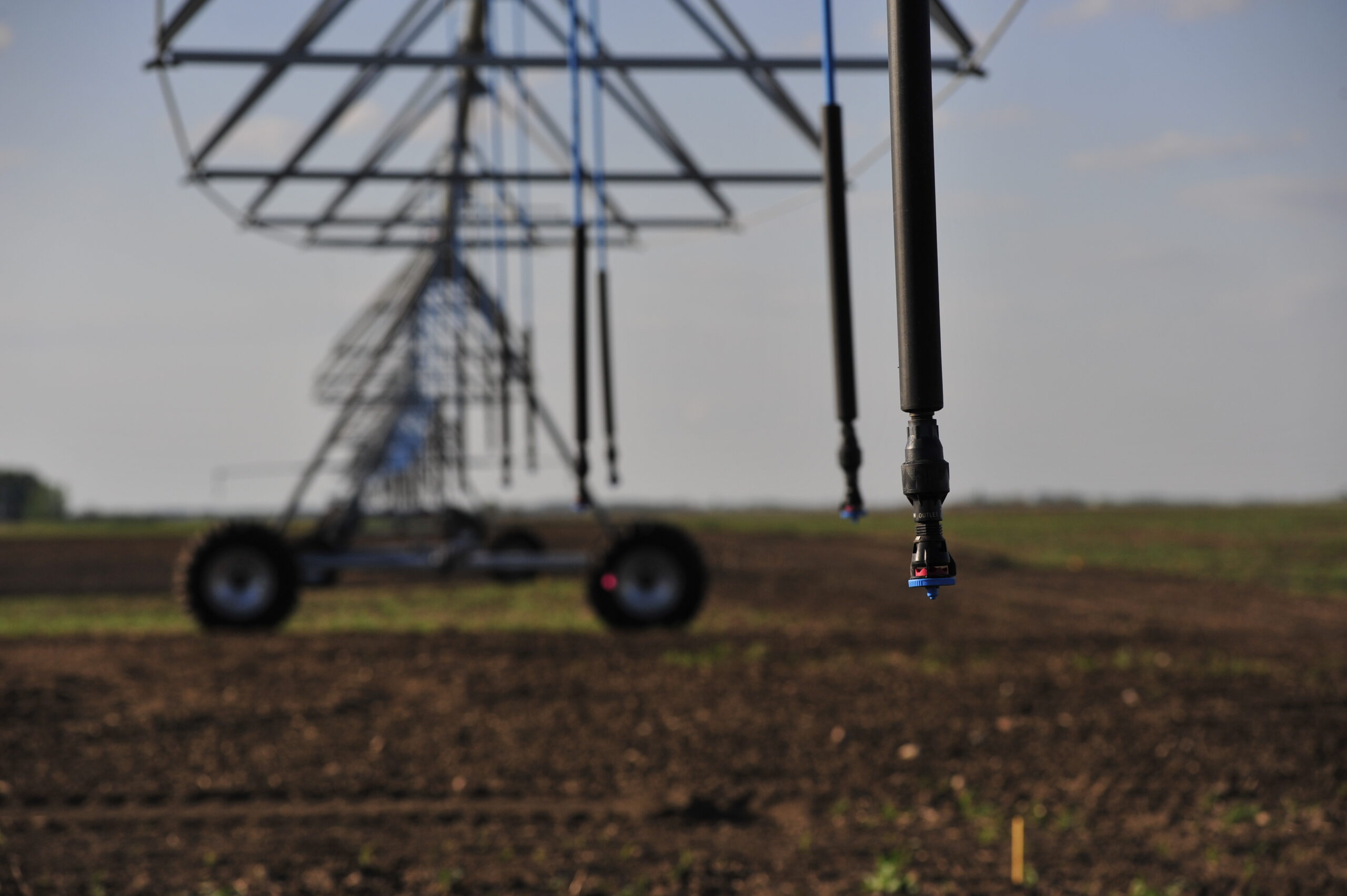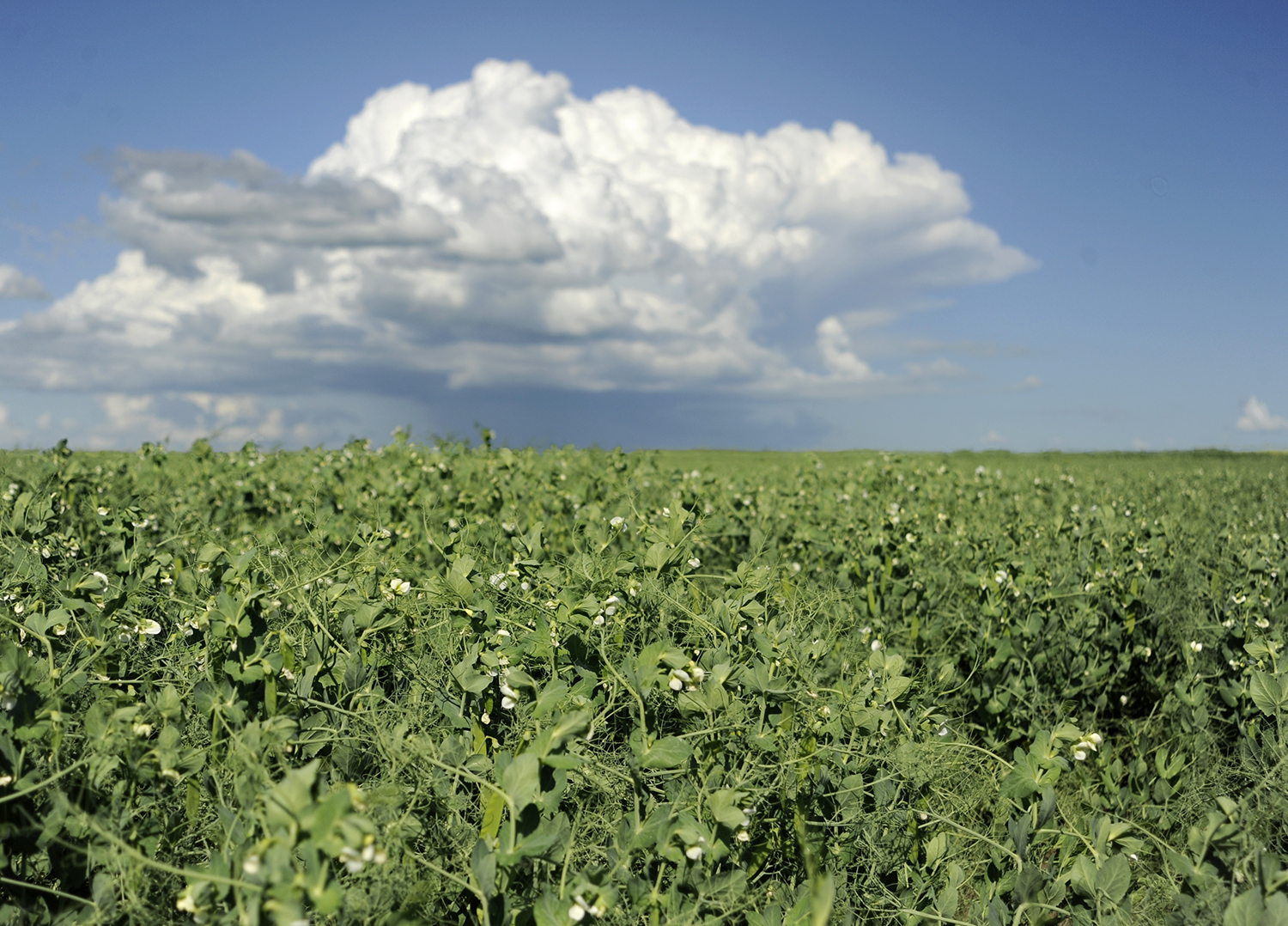By Donna Fleury, P.Ag
Many producers are considering lentils as a good economic opportunity for 2016, including those outside of typical lentil growing areas. In Saskatchewan, lentils are best adapted to the Brown and Dark Brown soil zones but can be grown successfully in the Thin Black and Black soil zones in years without excessive moisture. To minimize risks and maximize returns, Dale Risula, Provincial Specialist, Special Crops, Crops and Irrigation Branch, Saskatchewan Ministry of Agriculture outlines some management strategies to consider when growing lentils in ‘the fringe’ or more risky areas.
Select fields with lighter textured soils and good drainage. Lentils do not like wet feet or waterlogged soils and will die if flooded. Avoid fields with salinity. Excess moisture before the plant is in full bloom can delay and reduce seed set, lengthen days to maturity, and increase disease problems. Lentils are capable of fixing their own nitrogen over the growing season, so select fields with low nitrogen to encourage maximum nitrogen- fixation. Factors such as excessive moisture or excessive levels of nitrogen and lack of some sort of stress can allow crops to grow longer, which can increase the risk of frost damage by early fall frosts in more northern regions.
The recommended rotation for lentil is once in four years. Growing lentils on cereal stubble or following oilseeds is recommended, but should not be seeded on any pulse crop stubble because of disease and weed risks. Lentils are susceptible to diseases so watch for fusarium in a previous cereal crop that could impact seed and seedling blights, as well as root rots of lentils, or sclerotinia in canola that can also impact lentils particularly in a wet year.
Variety selection is important, and typically the more determinate red and small green varieties are better suited to the cooler moist lentil growing areas of the province and areas with heavy clay soils. Dr. Bert Vandenberg, Plant Breeder at the University of Saskatchewan’s Crop Development Centre recommends growers in the Thin Black and Black soil zones consider varieties listed in the Saskatchewan Seed Guide under Areas 3 and 4. CDC Maxim, a small red lentil type, is the check variety and performs well in most areas across Saskatchewan. In comparison, the large green lentil types do not perform as well in Areas 3 and 4.
Seed as early as possible and select varieties with good lodging resistance. Vandenberg also cautions growers to avoid the temptation to increase seeding rates as they move north. Dense lentil canopies favour the spread of several diseases such as sclerotinia and increase the severity of disease. If the crop canopy becomes too thick and closed, the risk of lodging increases. In variety trials, thinner stands actually outperformed thicker stands in years with above average moisture. Talk to local seed growers or seed retailers to get recommendations for varieties that are best suited for particular areas. Make sure to buy high quality, disease- free seed to avoid the introduction of new diseases, especially on fields that have never been seeded to lentils before.
A large number of producers are growing Clearfield varieties, which provide good additional weed control options, unless Group 2 resistant weeds are present. In areas with Group 2 resistant weeds, such as cleavers, kochia, wild mustard, or wild oat (Group 1 and 2 resistant) growers should plan to rotate herbicide groups away from Group 1 and 2 products, especially in rotational years where pulses are not grown. Management to delay or reduce the occurrence of herbicide resistant weeds is important for all crops in rotation. It is of particular importance to lentil growers due to the limited in-crop herbicide choice and the non-competitive nature of the lentil plant.
Lentils are subject to several diseases, and although newer varieties have improved disease resistance, they are not immune. Seed treatments should be considered for diseases such as seed rots and seedling blights caused by botrytis, sclerotinia, pythium, rhizoctonia, and/or fusarium species, particularly when seeding into cool, moist soils. Seed treatments can also be used to control seed-borne diseases such as Ascochyta blight and botrytis or when there is a field history of disease. Lentils are as susceptible as peas to Aphanomyces root rot, therefore avoid fields that have been diagnosed with the pathogen for at least six years and consider a seed treatment that is effective on Aphanomyces.
When growing lentils, pencil in at least one fungicide application to reduce Aschochyta blight, sclerotinia, anthracnose, and botrytis. In wetter areas or under shorter rotations it will be important to plan for at least two applications. The timing of application is important and the first application should occur before the disease is established and no later than early flowering. The second application can be made 7- 14 days later depending on the product choice. Rotate fungicide groups to maximize effectiveness of the fungicides and minimize the development of fungicide resistance in the pathogens. Make sure to keep pre-harvest intervals and maximum residue limits in mind when timing any applications, to ensure market compliance and access.
Consider markets and contract options. Although current market prices are fairly good, factors can change prices quickly depending on seeding intentions, crop production, and supply in other lentil growing regions of the world. Plan ahead and follow good management practices particularly in the fringe and higher risk areas, to minimize risks and maximize returns of lentil production.
Key Points for Growing Lentils in Higher Risk Areas
- Choose lighter land with good drainage
- Select more determinate small green and small red varieties
- Choose varieties with improved disease resistance
- First fungicide applied no later than early flowering if conditions favor disease development
- Do not increase seeding rates as more dense canopy is undesirable in wetter environments



